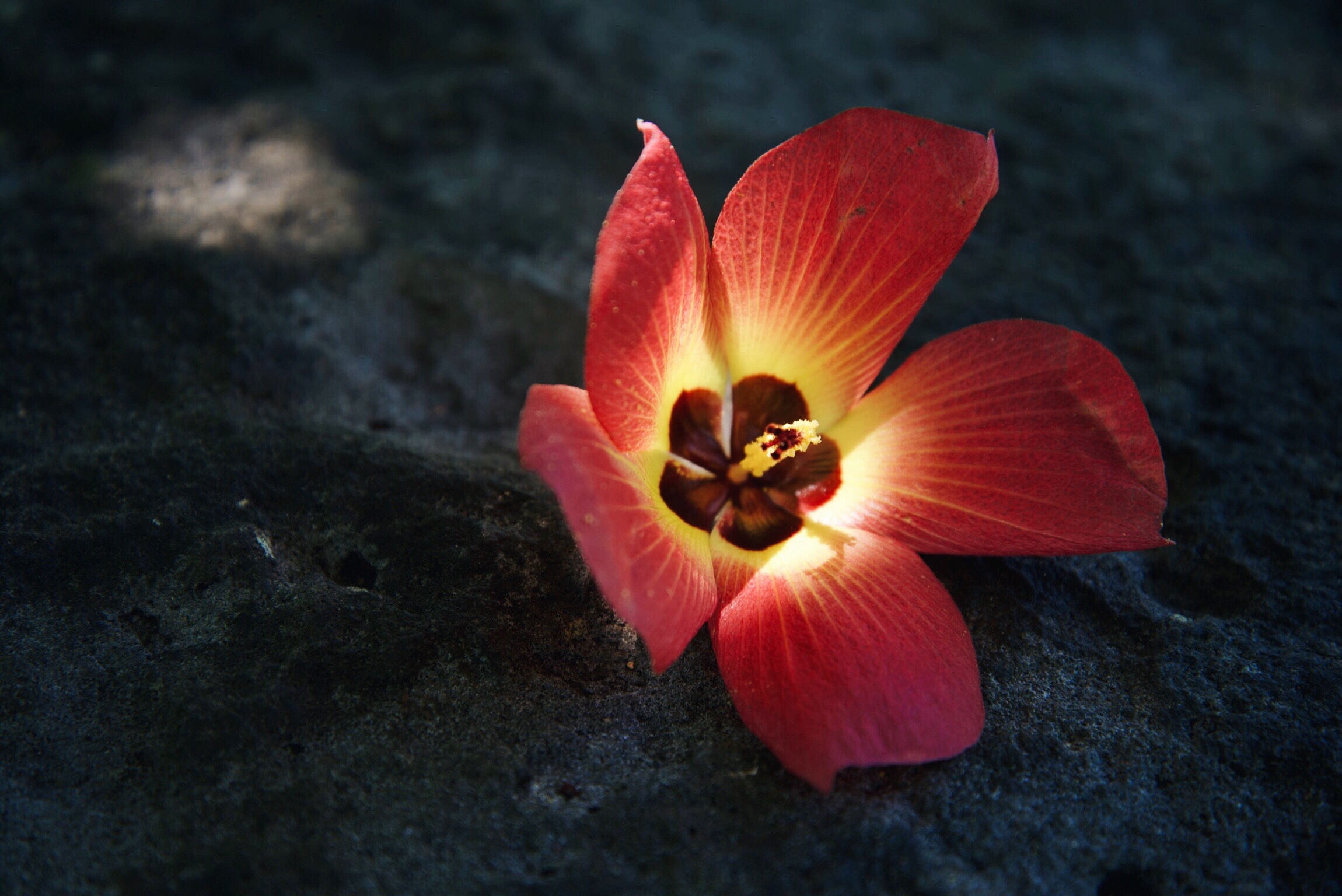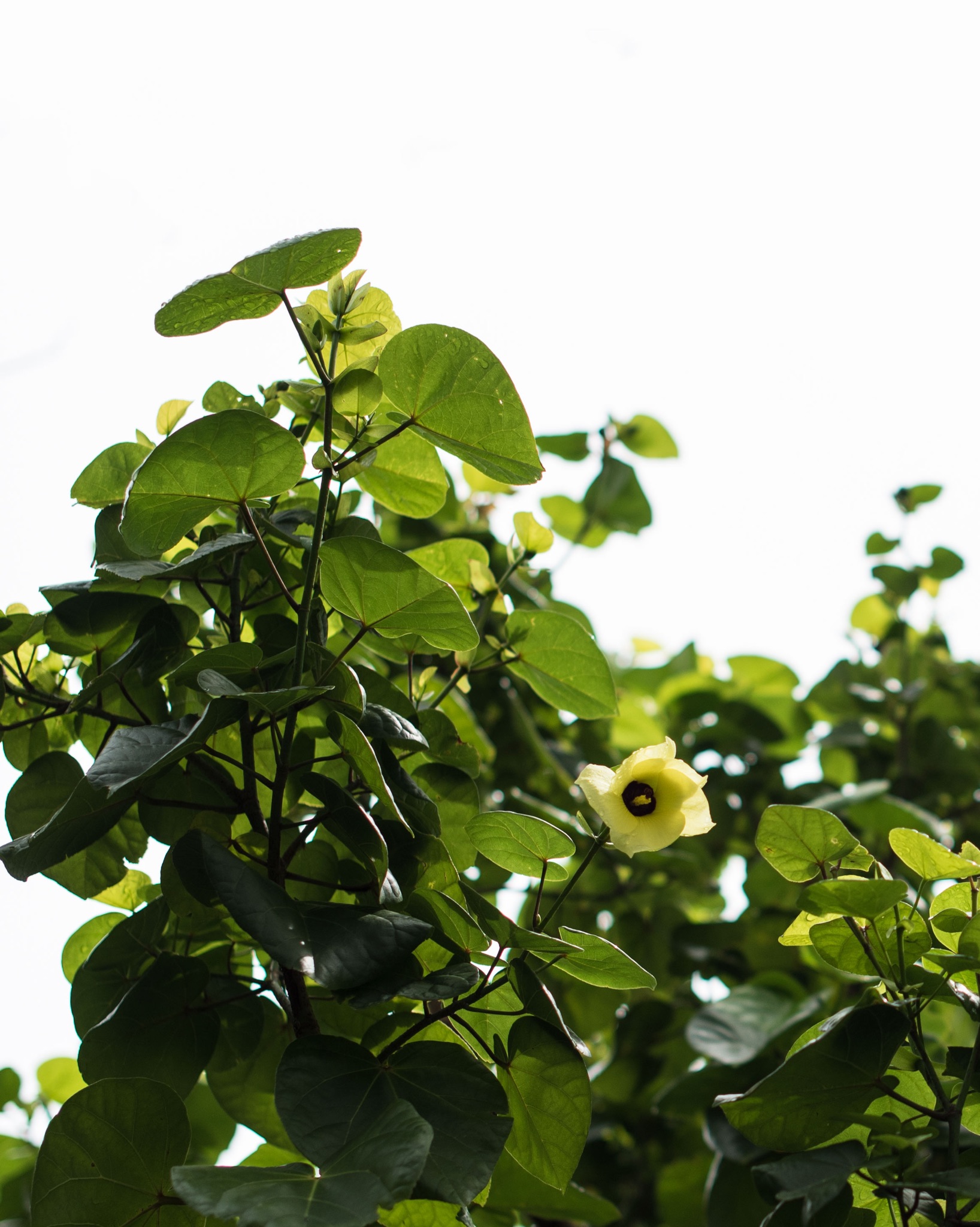Hau


Hibiscus tiliaceus
Native Indigenous AND/OR Polynesian Introduction
Yellow flower with a mahogany center turns crimson right before it falls. Bark fibers were very useful for making strong cordage for a variety of uses; inner bark fibers consist of long tough lengths of fiber. The light wood was used for spars of canoe outriggers. Sap used medicinally.
The hau tree, a type of hibiscus, grows on all of Hawaiʻi’s inhabited islands. Widely distributed throughout the Pacific, it is not native to Hawaiʻi and was introduced by Polynesians. In some places, hau trees are gnarled and crooked and spread horizontally over the ground in impenetrable thickets.
The highly valued hau is very useful – wood is used for making buoyant canoe parts, fish floats, lightweight tools, and weapons. Hau cordage (ʻili hau) is made from the inner bark while flowers are used for laxative properties.
Hau is seen as the visible form of Mānoa wind. The tree is sacred, its legendary genealogy leading directly back to the great gods of Polynesia. Man’s precious spark of life, his soul, has been likened to the ephemeral flower which grows in profusion, opens as bright yellow cups, turns orange in the afternoon, and then withers and dies a dark orange/red by nightfall. Hawaiians equate the brief life span of the hau flower as representative of the transitory nature of human life.